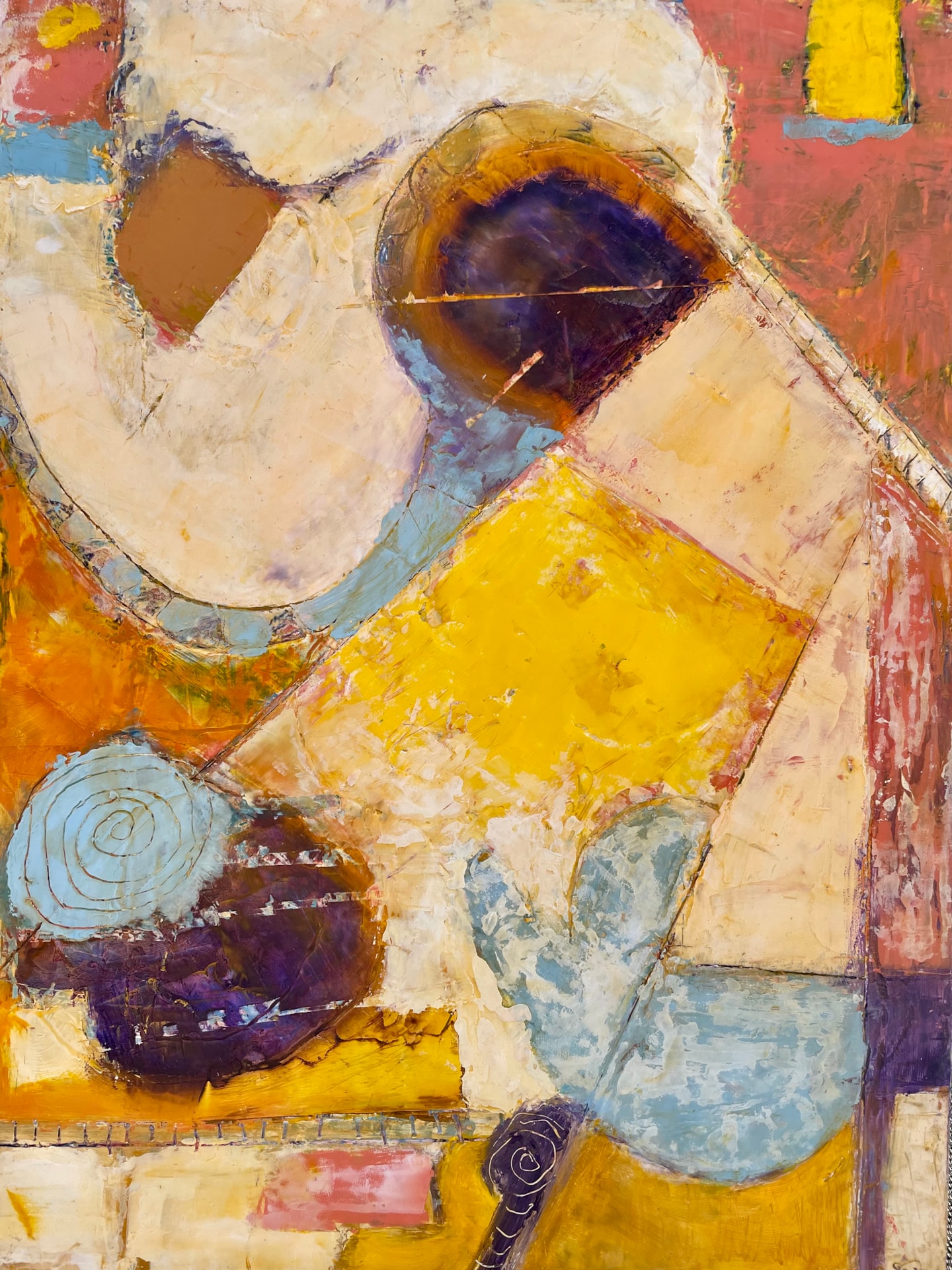Interviewed by Skylar Russel
Inscape Journal: What made you realize that these memories and moments were important to include in your most recent collection?
Sonya Huber: I had done a lot of writing over the years about the Midwest, especially because I’ve now lived away from there longer than I ever lived there. However, I’m still very attached to the region and most of my family in this country lives there. This is my eighth book, so I have done a bunch of other things and have been accumulating stuff. It ended up being the publisher, Belt Publishing. They publish really beautiful books focused on the Midwest, and so my first thought was, oh their books are so cute, I want a little Belt book. I thought, what could I put in this? And that’s when I realized that I’ve sort of been collecting for this my whole writing life. From there I collected a bunch of pieces, figured out which ones fit, and then kind of tried to figure out if there was a narrative arc.
IJ: How did you decide which memories to focus on?
SH: It ended up being images that are the most intense snapshots that I have carried around with me my whole life. I think some memories become almost like maps or talismans; you use them to try and figure out who you are rather than just represent who you are. I think the things that I kept coming back to were the visual and sort of sensory memories, because it seemed to me that they had a meaning that I kept trying to figure out. I always see writing as a little bit like figuring out puzzles. These memories were just the ones that I sort of couldn’t get away from. When we’re writing about the past and region, we’re also thinking and trying to write about the people that we love and who have shaped us.
IJ: In the process of figuring out that map, how did you determine placement of each of the essays to create that aesthetic you were hoping for?
SH: It’s never clear for me what the ordering should be. Oftentimes, I’ll save multiple versions of a collection to try to figure out what works and the implied narrative arc. For example, “Flying the Flannel” is just one of my favorites. The more I thought about it, the more I was thinking about flannel shirts as an object, that was a thing that was more, could stand for the whole collection. In some ways, I always think about the first essay as something that’s a place for the reader to stand. The lens through which you see the whole rest of the experience of the book.
IJ: How have you thought of accurately portraying the truth when you’re sorting through your memories?
SH: There’s an essay in the collection titled “All in the Family” about my parents’ business. It was my first piece of nonfiction that I had written in my twenties before graduate school. Because I wrote it so long ago, I sent an edited draft to my parents, because in some ways it was the most factual snapshot of them. There’s a nervousness to writing about people in your life. Everybody has different perspectives and it’s our agreement about what is true. When I was a journalist there wasn’t a rule of going back to your sources and clearing stuff with them. When your sources are the people who raised you, I sort of feel like there’s different obligations. But at the end of the day, there’s no obligation for a writer to revisit and re-clear an essay. I just felt like I don’t want to do harm with my writing.
IJ: How has writing nonfiction shaped your view of memory?
SH: It’s kinda sad. Even in major crises, there’s a part of me that’s like, this is probably also an essay. I’m just sort of like a hunter-gatherer of memory. I will take notes on events happening in the world, but I also do think memory is really subjective. Not so much based on what we want to see, but based on who we are at the time and the things we’re going to notice. There’s fascinating neuroscience surrounding that topic, which raises questions like, why do I even remember this? Is it even accurate? None of us are AI or tape recorders. The strange experience and dilemma of grappling with memory like this is, I feel, a huge part of the human condition.
IJ: What advice would you give to aspiring authors in all genres and also specifically nonfiction?
SH: I always loved writing growing up. When I was in college, I told myself, no more of this. I tried to make myself not be a writer, because I really felt the pressure to do something practical—to help people and also to get a paycheck. I tried to make myself break up with writing and went off and got a job. Once I started work, I was like, oh no. I really am gonna need something to survive in this work world. I turned back to writing in my off hours with a vengeance.
I hear from my own students this question of, “Can I make money with it? Can I be a full-time writer?” I like to make money from writing, but I feel the right question is the flip side of that. Writing is great if it earns you money down the road, but it has added to my quality of life and my ability to understand myself and others. I couldn’t even imagine giving it up.
I would say that if you’re drawn to it, there’s nothing lost by continuing. I think it makes for a life well lived. I think that people often put that pressure on themselves or view it as a binary: either I’m going to be a best-selling author or I’m nothing. What a crushing thing to put on yourself. Why not live in the way that you’re drawn to live and let stuff work itself out?
IJ: What pieces of media have influenced your writing?
SH: Annie Dillard’s Pilgrim at Tinker Creek is a beautiful piece of nonfiction that really showed me what was possible. An older book by James Agee and Walker Evans called Let Us Now Praise Famous Men. That was super important, because I encountered it during grad school for journalism and it blew the top of my head right off because it was not what I expected. Everything that George Orwell writes is really important to me. I think early in my nonfiction journey Maxine Hong Kingston’s work, particularly the book China Men, was really important for helping me see that nonfiction includes things we imagine about the real world.
When it comes to music, the first thing that comes to mind is the blues. I grew up south of Chicago and so at night just after sunset everywhere on the radio was the blues. It was really lovely; there was just so much that you could hear on the Chicago airwaves. That aesthetic of the blues telling the sad story and needing to tell the sad story but somehow also getting life and energy from the sad story, that really got in my bones. I sort of didn’t realize leaving Illinois, that that aesthetic isn’t most places in the country. Blues just aren’t everywhere in that same way.
IJ: After all the work you’ve written and been influenced by, what do you think is the message you would like to leave behind if you had two weeks left to live?
SH: That we’re here to just love each other as well and as deeply as we possibly can.



